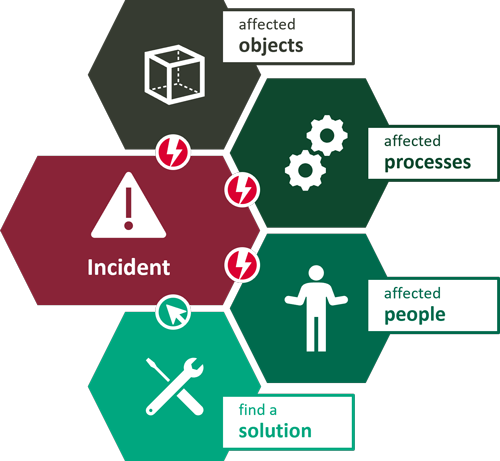Configuration Management:
The key to effective system management
A program originally developed in the 1950s in the U.S. Department of Defense to track changes in the development of complex systems is now known as configuration management. This essential IT management process, which monitors, checks and changes individual configuration elements of an IT system to enable companies to operate successfully, is a central component of ITSM.


